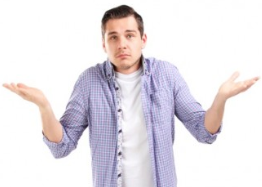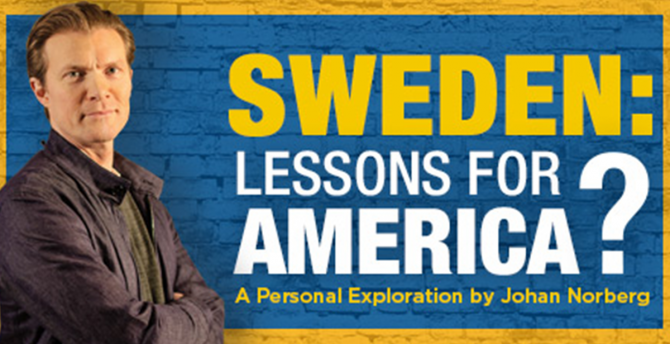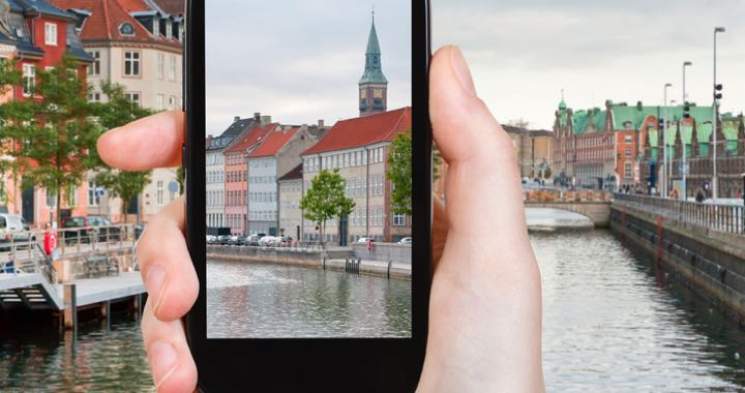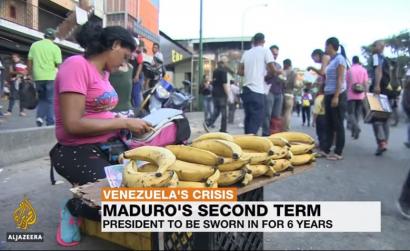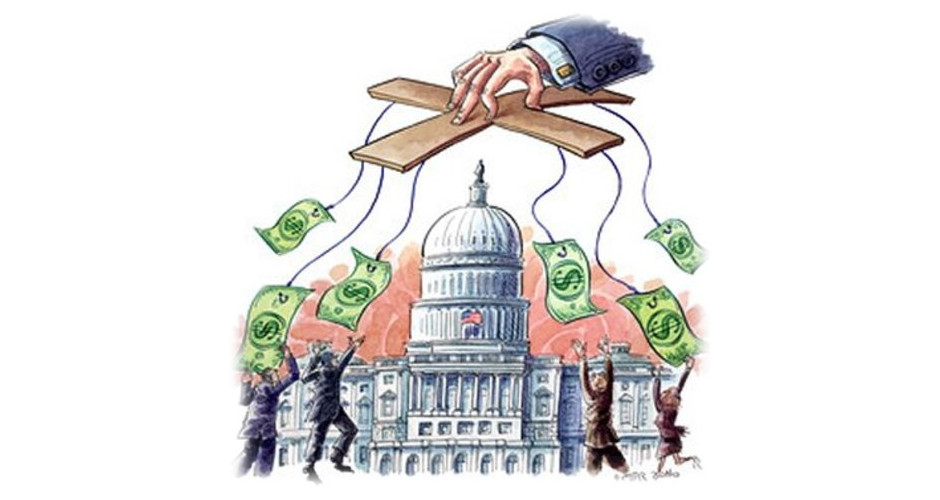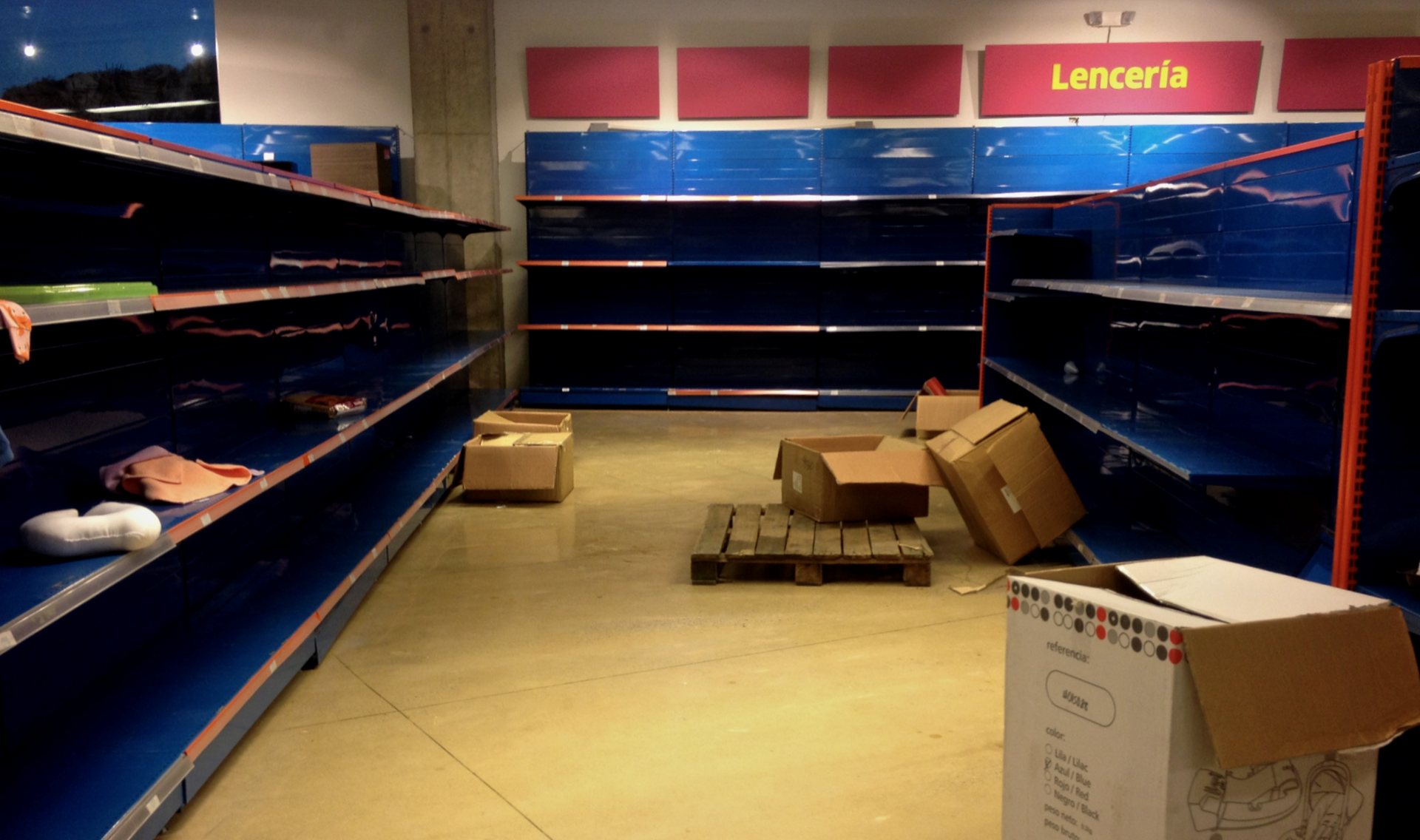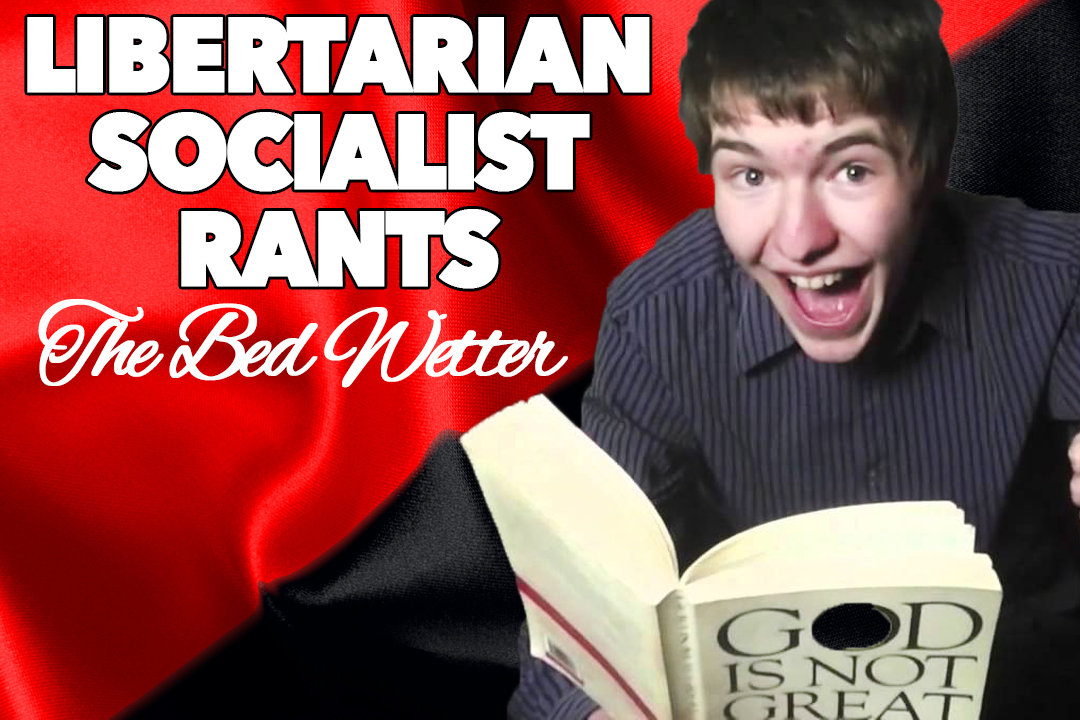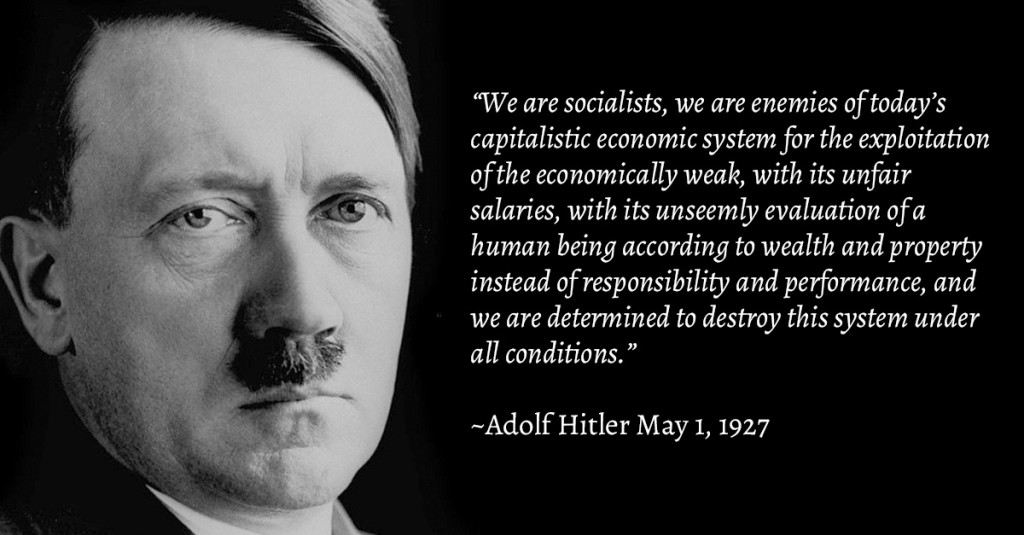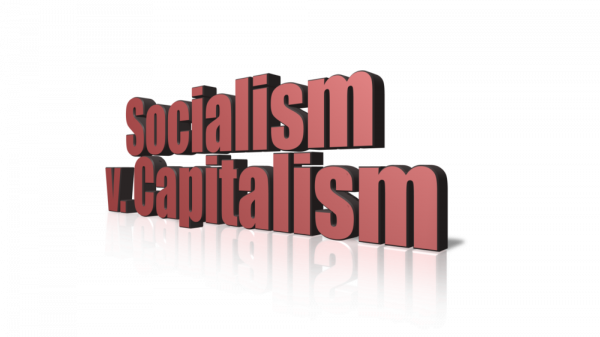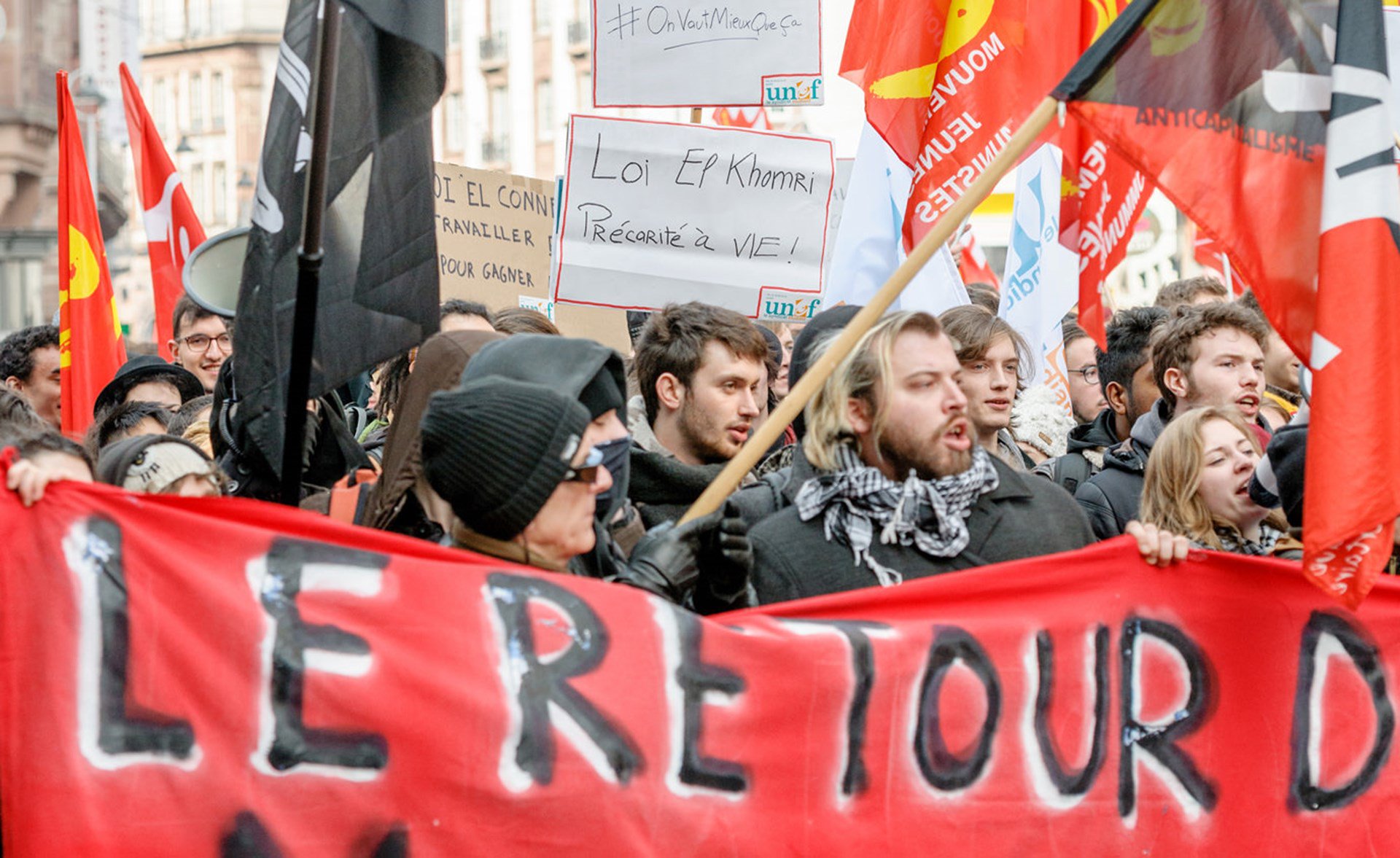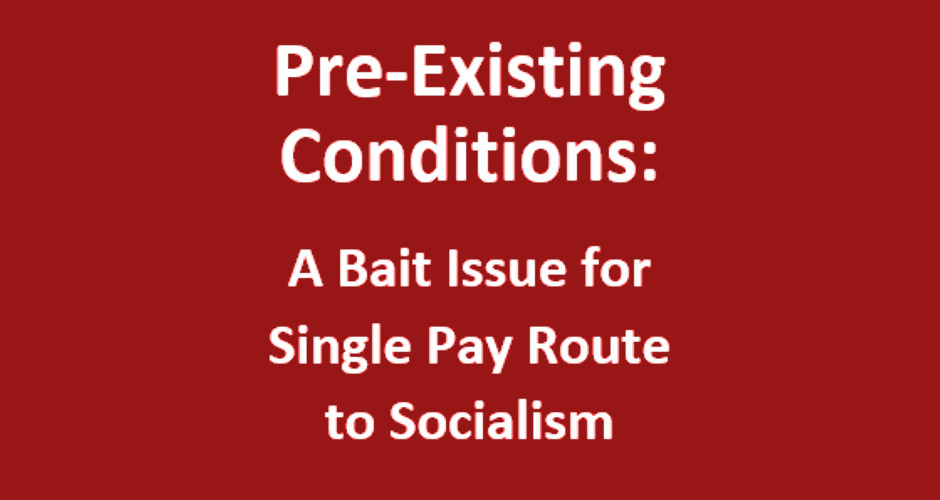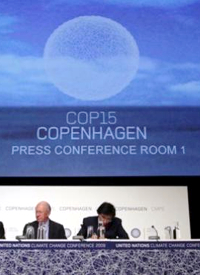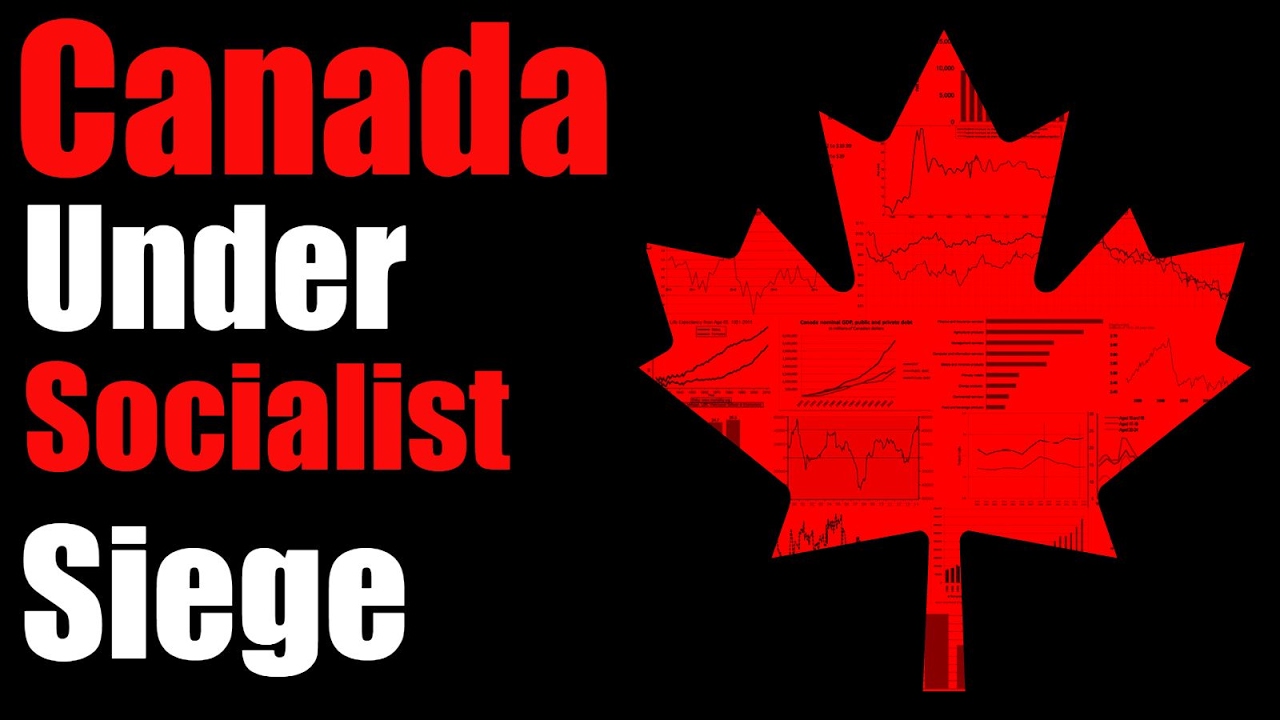From: Business Insider By Mike Bird

The celebrated social-democratic nations of Scandinavia have some of the highest wealth inequality in Europe.
That’s according to Credit Suisse’s weighty Global Wealth Report 2014. It’s a finding that’s likely to seriously surprise some people. The top 10% of wealth holders in three Nordic countries (Norway, Sweden and Denmark) hold between 65 and 69 per cent of those nations’ wealth.
In comparison to the other developed economies in Europe, Scandinavian inequality on this measure seriously stands out: they’re significantly above British, French, Italian or Spanish levels. Germany and Austria come a little closer, but are still behind. Only finance-dominated Switzerland reaches higher levels of wealth inequality.
The Nordic nations on the list sit in the “high inequality” group, where the top 10% hold 60-70% of the country’s household wealth.
In comparison countries that are usually thought to be more capitalist, like the UK, Canada and Australia, are a rung below in the “medium inequality” group, with the top 10% holding between 50-60%.
In Scandinavian countries, the wealthiest 10% of people hold a surprisingly large share of the country’s total assets. Credit Suisse Research, Business Insider
But there’s a pretty benign explanation for this big disparity, according to Credit Suisse:
“Strong social security programs, good public pensions, free higher education or generous student loans, unemployment and health insurance can greatly reduce the need for personal financial assets. Public housing programs can do the same for real assets. This is one explanation for the high level of wealth inequality we identify in Denmark, Norway and Sweden: the top groups continue to accumulate for business and investment purposes, while the middle and lower classes have no pressing need for personal saving.”
So they’re unequal, at least in part, because much of the country’s middle class doesn’t feel the need to accumulate significant wealth. They don’t themselves own, for example, the state housing they live in, so it doesn’t appear in the figures. But they might just not feel they really need to.



